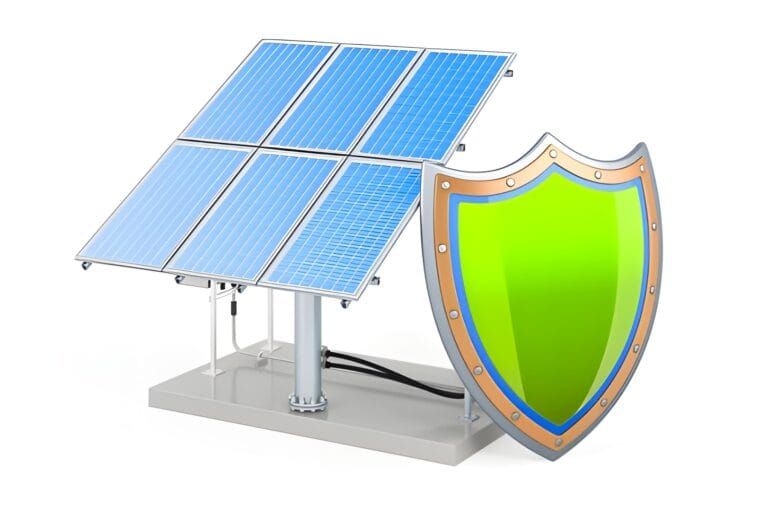Choosing the best battery for solar energy storage is a crucial decision for anyone looking to harness the power of renewable energy. In this comprehensive guide, we delve into the intricacies of solar battery technology and provide valuable insights to help you make an informed choice. We explore various types of batteries commonly used for solar energy storage, including lead-acid, lithium-ion, flow, and saltwater batteries. We discuss key factors to consider when selecting a solar battery, such as capacity, depth of discharge, cycle life, efficiency, size, weight, and cost. With our expert guidance, you can confidently navigate the complexities of solar energy storage and embark on a sustainable energy journey.
Introduction to Solar Energy Storage
Solar energy storage is a critical component of any renewable energy system, enabling users to store excess electricity generated by solar panels for later use. In this section, we explore the concept of solar energy storage and its significance in the context of sustainable energy solutions. By storing surplus solar energy, homeowners and businesses can reduce their reliance on the grid during periods of low sunlight or high energy demand. We delve into the various methods of solar energy storage, including battery storage systems, pumped hydroelectric storage, and thermal storage technologies. Understanding the fundamentals of solar energy storage lays the groundwork for effective utilization and management of renewable energy resources.
Importance of Choosing the Right Battery
Selecting the appropriate battery for solar energy storage is paramount to maximizing the efficiency and reliability of a solar power system. We highlight the critical factors that influence the choice of a solar battery. Factors such as battery chemistry, capacity, cycle life, depth of discharge, efficiency, and cost play a crucial role in determining the suitability of a battery for solar energy storage applications. By understanding the importance of choosing the right battery, solar system owners can optimize energy storage performance, minimize operational costs, and enhance overall system resilience and longevity. Making an informed decision regarding battery selection is essential for unlocking the full potential of solar energy storage.
Types of Batteries for Solar Energy Storage
Exploring the various types of batteries designed for solar energy storage offers insights into their unique features, advantages, and limitations. From traditional lead-acid batteries to cutting-edge lithium-ion and flow batteries, each type offers distinct characteristics suited for different solar energy storage applications. Understanding these options empowers consumers to make informed decisions based on their specific energy storage needs and preferences.
Lead-Acid Batteries
Lead-acid batteries have been a cornerstone in solar energy storage systems for decades. They operate on a simple chemical reaction involving lead plates submerged in sulfuric acid electrolyte. Lead-acid batteries are known for their robustness, reliability, and affordability, making them a popular choice for off-grid and small-scale solar installations. However, these batteries have limitations in terms of energy density and cycle life compared to newer technologies. Lead-acid batteries require regular maintenance, including watering and periodic equalization charging, to ensure optimal performance and longevity. Despite these drawbacks, lead-acid batteries continue to be a viable option for solar energy storage, particularly in applications where cost-effectiveness and proven reliability are paramount.
 Lithium-Ion Batteries
Lithium-Ion Batteries
Lithium-ion batteries have emerged as a game-changer in solar energy storage due to their exceptional energy density, efficiency, and longevity. Unlike lead-acid batteries, lithium-ion batteries utilize lithium compounds as the active material for energy storage, resulting in higher energy densities and longer cycle lives. Lithium-ion batteries offer rapid charging capabilities and deep discharge cycles, making them well-suited for both grid-tied and off-grid solar systems. They are lightweight, compact, and require minimal maintenance compared to lead-acid batteries.
However, lithium-ion batteries come with a higher initial cost, which may deter some consumers despite their superior performance. Nonetheless, advancements in lithium-ion battery technology continue to drive down costs and improve overall efficiency, making them increasingly accessible for residential, commercial, and industrial solar applications.
 Flow Batteries
Flow Batteries
Flow batteries represent a promising alternative for large-scale solar energy storage and grid-level applications. Unlike conventional batteries, flow batteries store energy in liquid electrolytes contained in external tanks. This design allows for scalable storage capacities and extended cycle life, making flow batteries ideal for applications requiring frequent and deep cycling. Flow batteries offer advantages in terms of flexibility, reliability, and safety, as they can be easily scaled up or down to meet varying energy demands. While flow battery technology is still evolving, ongoing research and development efforts aim to further enhance performance, reduce costs, and increase energy efficiency, positioning flow batteries as a key player in the transition to renewable energy sources.
 Saltwater Batteries
Saltwater Batteries
Saltwater batteries represent a novel and environmentally friendly approach to solar energy storage. These batteries utilize saltwater electrolytes to store and release electrical energy, eliminating the need for toxic materials commonly found in traditional battery chemistries. Saltwater batteries offer advantages in terms of safety, sustainability, and recyclability, making them an attractive option for residential and off-grid solar installations. While still in the early stages of development, saltwater batteries show promise for applications where safety and environmental impact are critical considerations. With further research and innovation, saltwater batteries have the potential to become a mainstream solution for solar energy storage, contributing to a cleaner and more sustainable energy future.
 Factors to Consider When Choosing a Best Battery for Solar
Factors to Consider When Choosing a Best Battery for Solar
When selecting a solar battery for your energy storage needs, several critical factors should influence your decision to ensure optimal performance and longevity.
Capacity
Capacity refers to the amount of energy a battery can store, typically measured in kilowatt-hours (kWh). It determines how much electricity the battery can deliver over a specific period. Choosing the right capacity depends on your energy consumption patterns, daily energy requirements, and backup power needs. A battery with a higher capacity can store more energy but may come with a higher initial cost.
Depth of Discharge (DoD)
Depth of discharge (DoD) indicates the percentage of a battery’s capacity that has been used relative to its total capacity. It’s crucial to consider the DoD as it directly impacts the battery’s lifespan and performance. Deeper discharge levels can shorten battery life, so selecting a battery with a lower DoD can help extend its longevity and reliability.
Cycle Life
Cycle life refers to the number of charge-discharge cycles a battery can undergo before its capacity significantly degrades. It’s essential to choose a battery with a high cycle life, especially for long-term solar energy storage applications. Batteries with longer cycle lives offer better value for money and require less frequent replacement, reducing overall maintenance costs over time.
Efficiency
Battery efficiency measures how effectively a battery can convert stored energy into usable electricity and vice versa. Higher-efficiency batteries minimize energy losses during charging and discharging, resulting in more effective energy utilization and lower operating costs. Selecting batteries with high-efficiency ratings ensures maximum energy retention and optimal system performance.
Size and Weight
The size and weight of a solar battery are critical considerations, especially for residential and commercial installations where space may be limited. Compact and lightweight batteries are easier to install and integrate into existing solar energy systems. However, it’s essential to balance size and weight considerations with other factors such as capacity and performance requirements.
Cost
Cost is a significant factor in selecting a solar battery and should be evaluated in conjunction with other performance metrics. While upfront costs are important, it’s crucial to consider the total cost of ownership, including installation, maintenance, and replacement expenses over the battery’s lifespan. Investing in higher-quality batteries may incur higher initial costs but can yield greater long-term savings and reliability.
Comparison of Popular Solar Batteries
When considering solar batteries for your energy storage needs, it’s essential to explore and compare the features and capabilities of leading options available in the market.
Tesla Powerwall
The Tesla Powerwall is one of the most well-known solar batteries, designed to store excess solar energy for later use. With a sleek design and a capacity of up to 13.5 kWh, the Powerwall integrates seamlessly with Tesla’s solar panels and offers features like backup power and energy management through its user-friendly app.
SENEC Batteries
SENEC batteries are renowned for their high-quality German engineering and advanced energy management capabilities. Available in various capacities, SENEC batteries boast robust performance, efficient energy storage, and compatibility with solar PV systems. They offer features like emergency power supply and smart energy management to optimize energy usage.
 LG Chem RESU
LG Chem RESU
LG Chem RESU batteries are known for their reliability, performance, and safety features. With capacities ranging from 3.3 kWh to 16 kWh, LG Chem RESU batteries are suitable for both residential and commercial applications. They offer high energy density, long cycle life, and compatibility with various inverters, making them a versatile choice for solar energy storage.
Sonnen eco
Sonnen eco batteries combine cutting-edge technology with elegant design to provide reliable and efficient solar energy storage solutions. With features like intelligent energy management and remote monitoring, Sonnen eco batteries offer seamless integration with solar systems and enable users to maximize self-consumption and minimize grid dependence.
SimpliPhi Power
SimpliPhi Power batteries are known for their lithium ferrous phosphate (LFP) chemistry, which provides exceptional safety, longevity, and performance. With capacities ranging from 3.4 kWh to 102 kWh, SimpliPhi Power batteries offer scalable energy storage solutions for various applications, including residential, commercial, and off-grid installations. They are highly durable, maintenance-free, and compatible with most solar inverters.
Installation and Maintenance Considerations
When installing a solar battery system, there are several important factors to consider to ensure optimal performance and longevity.
Installation Requirements
Proper installation is crucial for the efficient operation of solar batteries. It involves assessing the available space, selecting an appropriate location with sufficient ventilation and protection from extreme temperatures, and ensuring compliance with local building codes and regulations. Professional installation by certified technicians is recommended to ensure safety and adherence to manufacturer specifications.
The installation process typically includes mounting the battery unit securely on a stable surface, connecting it to the solar panels and inverter, and integrating it with the electrical system of the property. It may also involve configuring settings and programming the system for optimal performance and functionality. Depending on the complexity of the installation and local requirements, obtaining permits and approvals from relevant authorities may be necessary.
Maintenance Tips
Regular maintenance is key to maximizing the lifespan and efficiency of solar battery systems. Routine inspections and preventive measures can help identify and address potential issues before they escalate into costly repairs or failures.
Maintenance tasks may include:
- Monitoring Performance: Regularly monitor the performance and operation of the solar battery system using monitoring software or tools provided by the manufacturer. Keep track of energy production, consumption, and storage levels to identify any deviations or abnormalities that may indicate underlying issues.
- Cleaning and Inspection: Periodically clean the battery unit, solar panels, and associated components to remove dust, debris, and other contaminants that can accumulate over time and hinder performance. Inspect wiring, connections, and mounting hardware for signs of wear, corrosion, or damage, and address any issues promptly.
- Battery Health Checks: Perform regular battery health checks to assess the state of charge, voltage levels, and overall condition of the battery cells. Follow manufacturer guidelines for performing diagnostic tests and calibration procedures to maintain optimal performance and accuracy.
- Software Updates: Keep the firmware and software of the battery management system up to date by installing recommended updates and patches provided by the manufacturer. Updated software may include bug fixes, performance enhancements, and new features that improve the functionality and reliability of the system.
Conclusion
Selecting the right solar battery for your energy storage needs requires careful consideration of various factors, including capacity, depth of discharge, cycle life, efficiency, size, weight, and cost. Understanding the differences between battery types and comparing popular options such as Tesla Powerwall, SENEC Batteries, LG Chem RESU, Sonnen eco, and SimpliPhi Power can help you make an informed decision. Proper installation and maintenance are essential for maximizing the performance and longevity of solar battery systems. Following installation requirements, conducting routine maintenance checks, and keeping the system up to date with software updates can ensure optimal functionality and reliability over time.
Investing in a solar battery not only reduces reliance on the grid and lowers electricity bills but also contributes to a more sustainable and environmentally friendly energy solution. With advancements in battery technology and increasing affordability, solar batteries are becoming more accessible to homeowners and businesses alike, offering greater energy independence and resilience against power outages.
FAQs
How long do solar batteries last?
The lifespan of a solar battery depends on various factors, including the type of battery, usage patterns, and maintenance. Generally, lithium-ion batteries can last between 5 to 15 years, while lead-acid batteries may have a shorter lifespan of 3 to 7 years.
Can I install a solar battery myself?
While some solar battery systems may come with DIY installation options, it’s recommended to hire professional installers to ensure proper setup, and compliance with local regulations, and safety standards.
Are solar batteries worth the investment?
The value of a solar battery depends on individual energy needs, local electricity rates, available incentives, and the cost of alternative energy sources. For areas with high electricity prices or frequent power outages, solar batteries can offer significant savings and peace of mind.
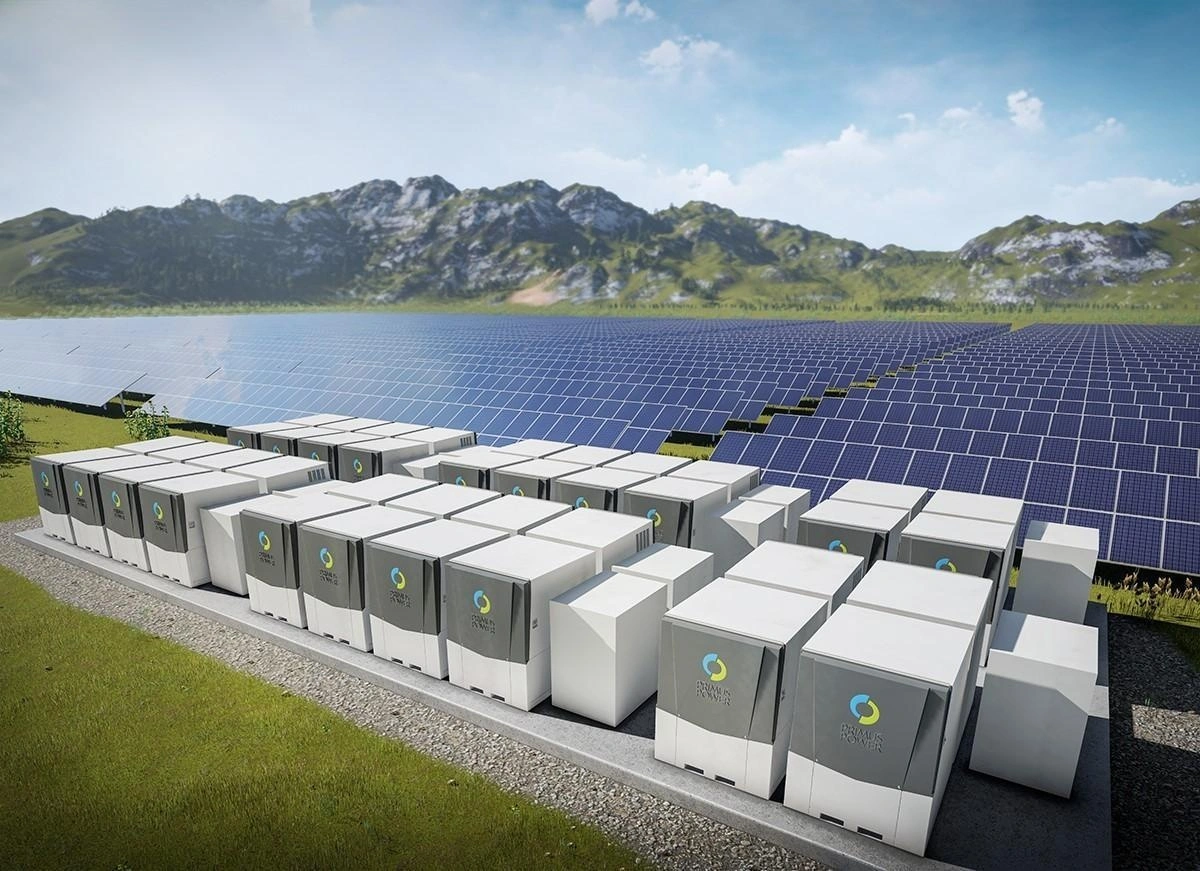
 Lithium-Ion Batteries
Lithium-Ion Batteries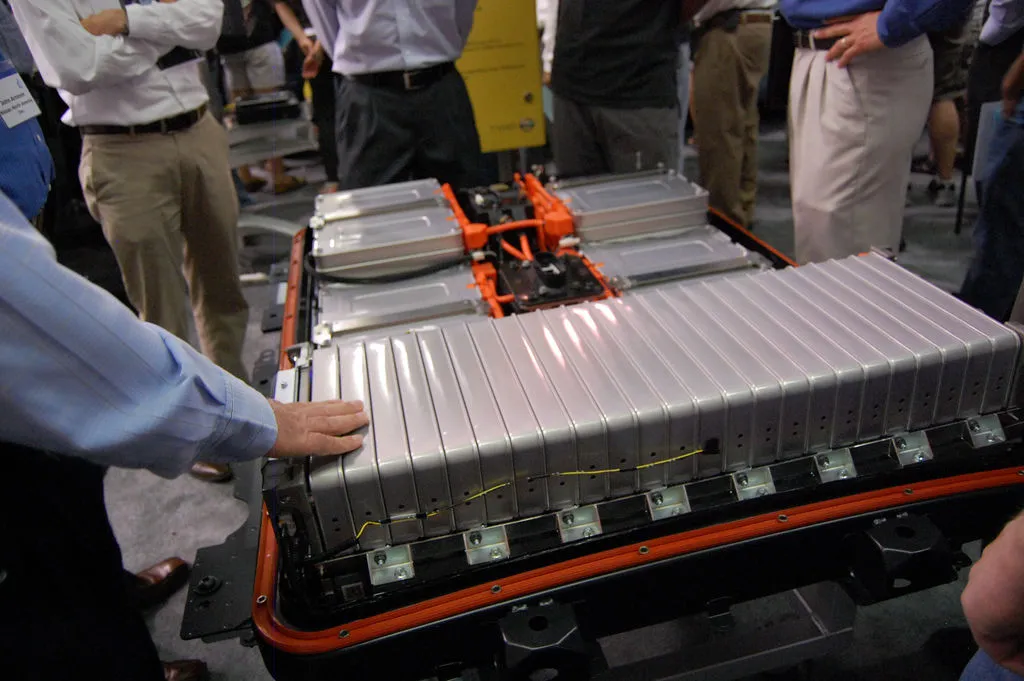 Flow Batteries
Flow Batteries Saltwater Batteries
Saltwater Batteries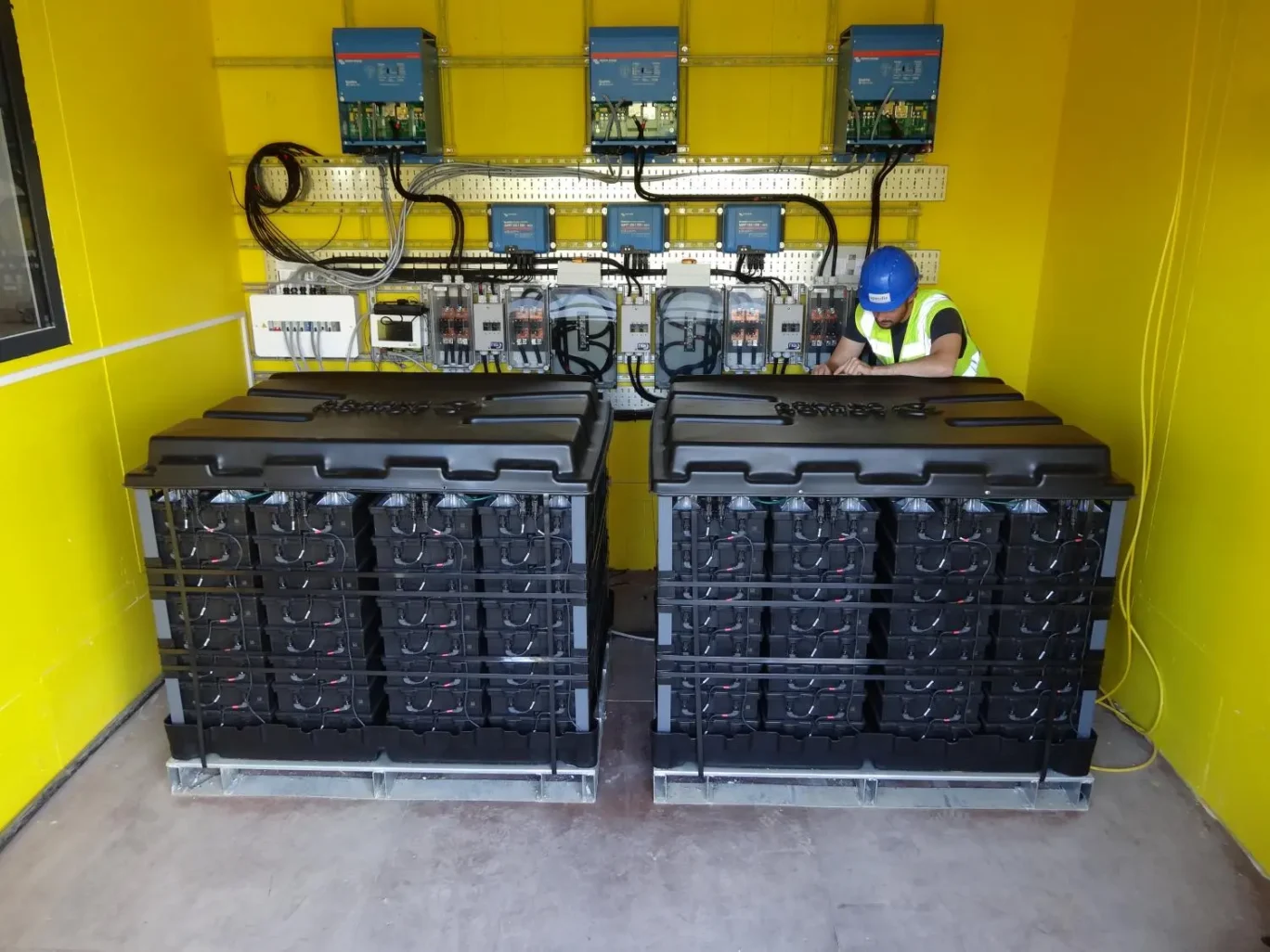 Factors to Consider When Choosing a Best Battery for Solar
Factors to Consider When Choosing a Best Battery for Solar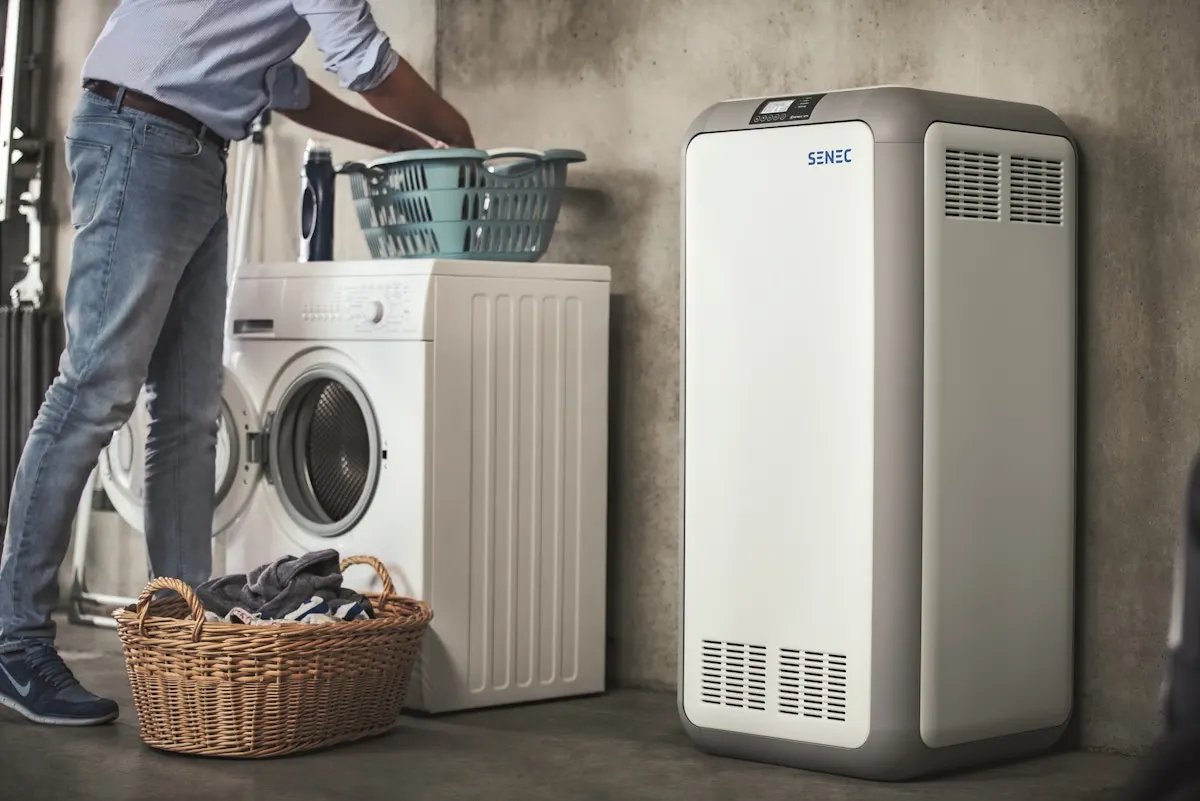 LG Chem RESU
LG Chem RESU
